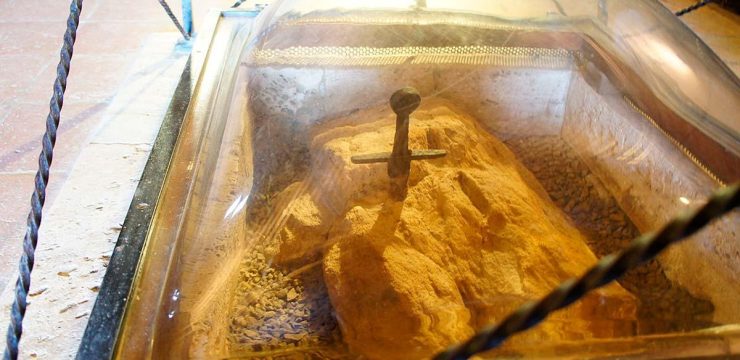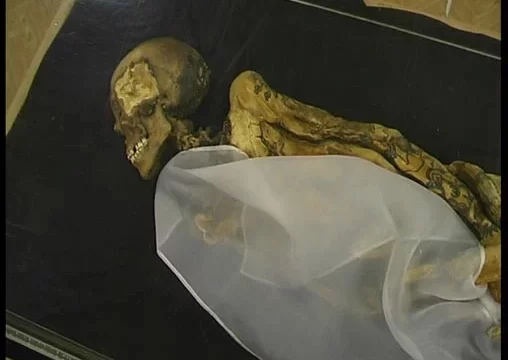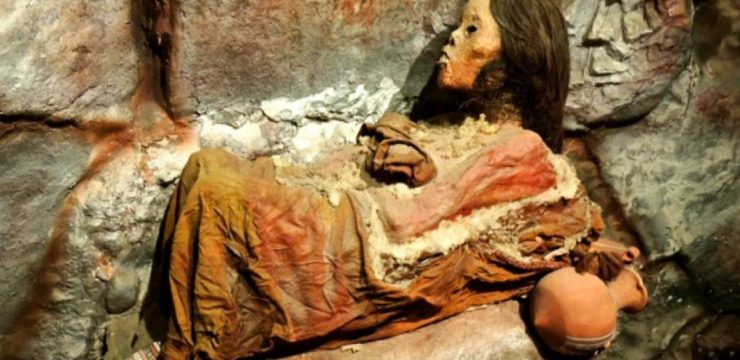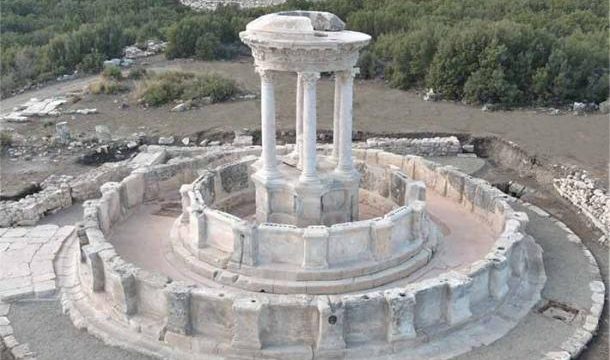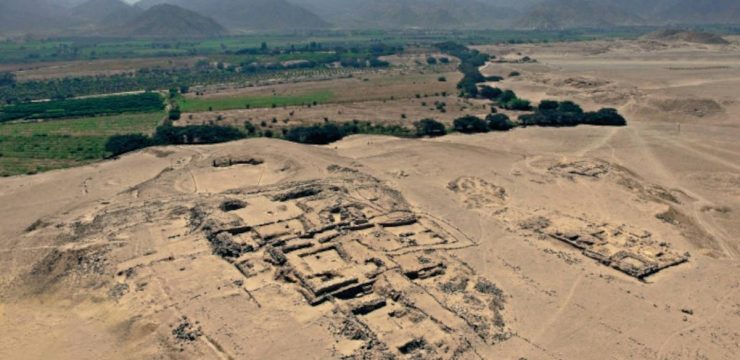The tale of the Temple of Dendur is one that echoes across millennia—a story steeped in survival, reverence, and the seamless blending of cultures. Constructed around 15 B.C.E. during the reign of the Roman Emperor Augustus, this extraordinary sandstone structure once stood proudly along the banks of the Nile River in southern Egypt. Its very presence was a tribute to the religious commitment and architectural genius of ancient Egyptian civilization. Every carved line and sacred inscription captured the spirit of a people who honored their gods through their artistry and stonework.
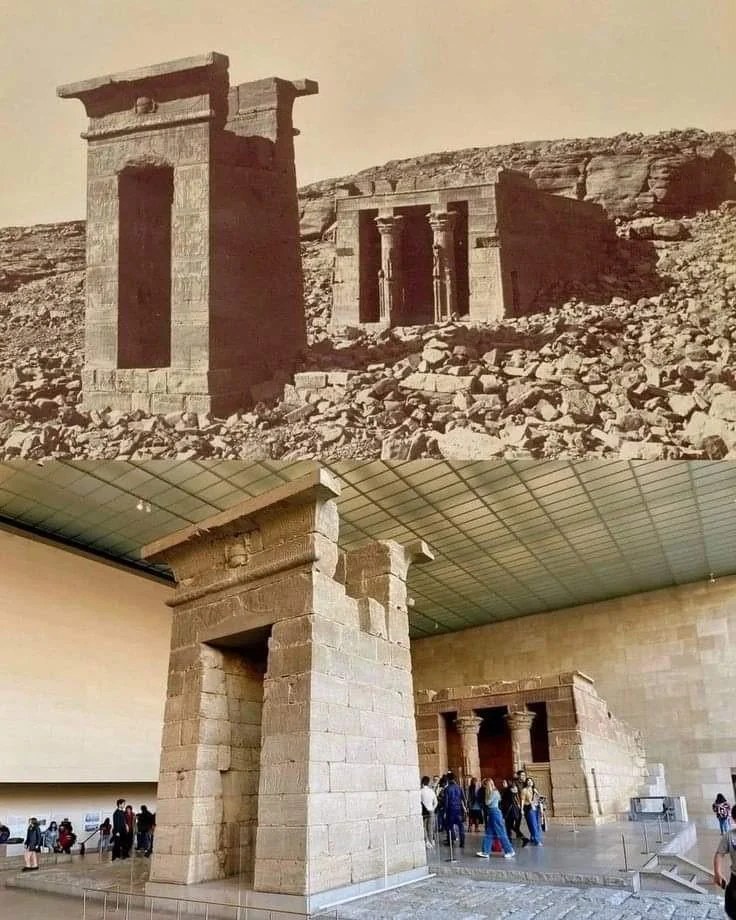
Originally built to honor the goddess Isis, along with her son Horus and the deified brothers Pedesi and Pihor, the Temple of Dendur was much more than a religious site—it was a symbol of devotion carved into the landscape of time. The temple’s walls are adorned with delicate carvings and hieroglyphs that bring to life the myths, rituals, and everyday moments of a world long gone. The detail is astonishing: gods bestowing blessings, Pharaoh Augustus making offerings, and daily rituals that once took place beneath the desert sun. Each figure, each stroke in the stone, speaks volumes about the society that created it—its beliefs, its politics, its reverence for divine order. The artistry is not just technical; it’s emotional, almost spiritual. It feels as if the temple itself breathes the memories of a civilization that valued beauty and meaning in everything it built.
But the story of the Temple of Dendur does not end in ancient times. In fact, one of the most fascinating chapters began over 2,000 years after its construction. In the 1960s, Egypt faced a monumental engineering project that would alter its landscape forever: the construction of the Aswan High Dam. Designed to control flooding, generate hydroelectric power, and provide water for agriculture, the dam also posed a dire threat to dozens of ancient sites. As Lake Nasser began to rise, many Nubian monuments—some of them thousands of years old—were in danger of being permanently submerged.
Recognizing the gravity of the situation, UNESCO launched an international campaign to save these cultural treasures. In an extraordinary display of global cooperation, countries around the world offered support—technical, financial, and diplomatic. The United States played a significant role in this effort, contributing to the preservation of monuments that held not only Egyptian heritage but also the shared heritage of humankind. In gratitude for this assistance, the Egyptian government made a historic decision: in 1965, they gifted the Temple of Dendur to the American people.
Transporting a 635-ton ancient structure from the deserts of Egypt to the bustling streets of New York City was no small task. The temple was meticulously dismantled, each stone numbered and catalogued to ensure it could be reassembled precisely as it stood. It arrived in the United States in 1968 and found a new home in one of the world’s most iconic institutions: The Metropolitan Museum of Art. By 1978, the temple was unveiled to the public, placed in a specially designed gallery that would recreate, as closely as possible, the temple’s original ambiance.
Today, the Temple of Dendur stands not in the heat of the Egyptian sun, but within the soaring glass walls of the Sackler Wing at the Met, nestled beside a tranquil reflecting pool meant to mimic the Nile. Sunlight floods the space by day, while soft lighting evokes mystery at night. Visitors from across the globe wander through the space in quiet awe, absorbing the spirit of a civilization that once ruled the ancient world. The setting is modern, yet the experience is timeless. It is not merely a temple on display; it is a cultural ambassador, reminding all who visit that art and belief transcend borders and centuries.
What makes the story of the Temple of Dendur so compelling is how it embodies not only the essence of ancient Egypt but also the values of international cooperation and mutual respect. This isn’t just a story about a building saved from ruin; it’s about the shared human desire to preserve the past for the sake of future generations. The temple represents a bridge—not just between Egypt and America, but between the ancient and the contemporary, the sacred and the secular, the East and the West. It teaches us that cultural treasures belong not only to the nations that birthed them but to all people who seek to learn from them.
More than a relic of history, the Temple of Dendur has become a living part of our collective memory. It has been the backdrop for concerts, film scenes, and even wedding ceremonies, continuing to inspire creativity and reverence in a wholly modern context. Yet no matter how it is used or admired, the essence remains unchanged. It still whispers stories of Isis and Horus, of offerings and prayers, of a society deeply connected to the rhythms of the earth and the divine.
The journey of the Temple of Dendur—from the warm sands of Egypt to the cultural heart of New York City—is a testament to the power of art, diplomacy, and global unity. It reminds us that while civilizations may rise and fall, the human impulse to create, to honor, and to remember is eternal. And as long as we value our shared history, the spirit of ancient Egypt will continue to live on—illuminated not only by the lights of the Met but by the curiosity and admiration of all who encounter this extraordinary gift from the past.

